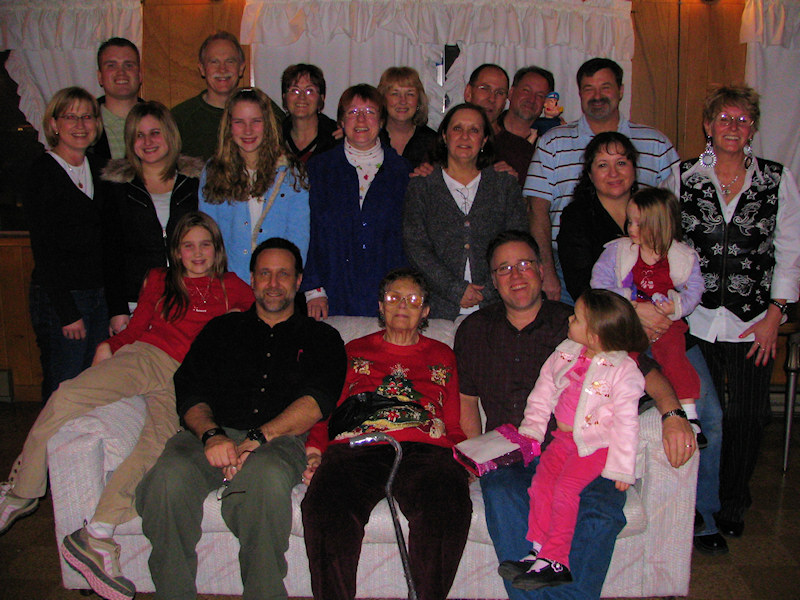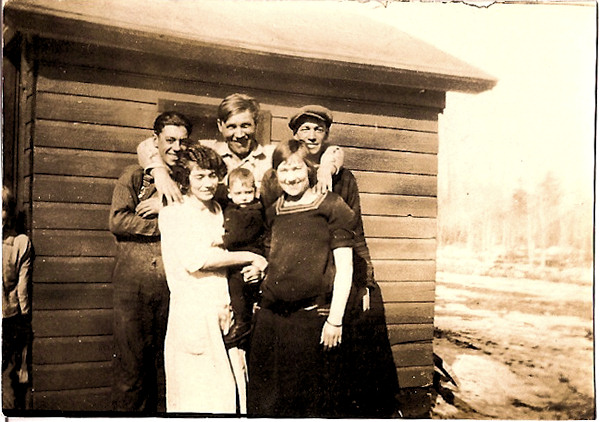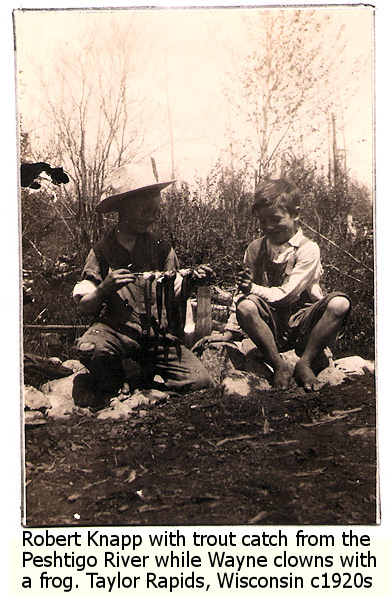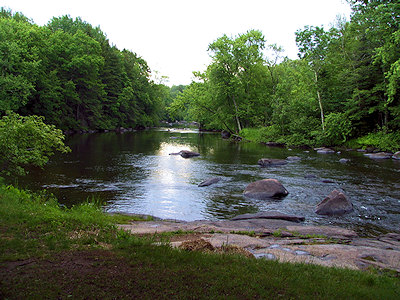The Michigan County Histories has a terrible unedited version of Portrait and biographical album of Lenawee County, Michigan available online, which features biographical biographical sketches and portraits of prominent and representative citizens of the county. Produced by the Chapman Brothers, and repaired from a photocopy I made of the original, here is the biography information from pages 452-455 about my West family ancestor, Wilbur West, husband of Comfort Caroline Wells, and son of Benjamin West and Polly Disbrow. There is another biography of him on “Wilber West (1827-c1900) and Wife, Comfort Caroline Wells (1830-c1890)”.
WILBUR WEST.
Foremost among the skilled artisans of Lenawee County is the gentleman whose name stands at the head of this sketch. His reputation as a master carpenter and joiner extends far beyond the limits of this township. He also possesses considerable ability as an architect, and being a good draughtsman, and enabled to make plans for any kind of structure that he may be called on to build.
Mr. West was born in Norwich, Oxford County, Ontario, Canada, Feb. 23, 1827, and is the youngest but one of his parents’ large family of children. His father, Benjamin West, was born in Dutchess County, N.Y., Nov. 14, 1782, and married, Aug. 14, 1806, Miss Polly Disbrow, a native of New York. After marriage Mr. West settled in his native county, following the occupation of a farmer, and in the year 1823, he removed with his growing family to Oxford County, Ontario, Canada.
After living under British rule twenty-one years he returned with his family to the United States, traveling by slow stages in an emigrant wagon, and at length arriving at Adrian on the 28th of May, 1844, and soon after settling on section 36 of Raisin Township.
The face of the country presented a very different appearance from what it does today, as a great deal of the land was unbroken, and large tracts of the primitive forest were still standing, though the country was by no means uninhabited.
Here, in the home that they had planted in the wilderness, the father and mother ended their days of toil, her death occurring Jan. 31, 1849, while the husband survived until Oct. 6, 1858.
In religion, Mrs. West was a Baptist and Mr. West was a Quaker, while in politics he was an old-line Whig, and a sturdy advocate of the policy of that party. They were much respected in the community. They had ll children, five of whom are yet living, four sons and one daughter, and are recorded as follows:
Mary married Niles Bowerman; Abraham married Amanda Westgate; Briggs married Polly Farling [Farlin], who died, and he was again married to Mrs. Hannah White; Hulet married Eliza Coffin; and Wilber; all reside in this township.
Our subject passed his boyhood in his native place, receiving the benefits of the educational advantages afforded by the town, and at seventeen years of age he came with his parents to Michigan. He assisted his father in clearing the land, and did other farm work until about 1850, when he and his brother Hulet bought 260 acres of unbroken land, which they farmed together with good results until the year 1870, and then divided it and discontinued the partnership which had continued so long to the advantage of both.
His farm contains ninety acres of well-improved land on section 36 of Raisin Township, and forty acres in Blissfield Township. Notwithstanding the demands of his other business, Mr. West has not neglected the cultivation of this farm, whereon he has erected neat, substantial farm buildings and a pleasant dwelling.
When he was twenty-six years of age, Mr. West made a new departure, turning his attention to carpentering, as at that time there was a great demand for carpenters and other artisans in the county. He possessed a natural aptitude for mechanics, and without serving an apprenticeship, he soon became quite expert in his new calling, becoming in time one of the most skilled mechanics in the county. His services were always in great demand, and he has built about every kind of structure made of timber.
From 1872 to 1878 he was in the employ of the Chicago and West Michigan Railroad Co. as bridge builder and constructor of stations, tanks, etc. He finally became a master carpenter, and often had several men in his employ. Many of the fine residences of this county were constructed under his supervision.
Mr. West was married, July 3, 1847, in Raisin Township, to Miss Comfort C., daughter of John S. and Deborah (Grecim) Wells, natives of New York. They came to Michigan in 1888 and located in Raisin Township, where Mr. Wells became actively engaged as a lumber merchant and farmer. They were influential members of the Baptist Church, and are now deceased.
The record of their children (John S. Wells and Deborah Grecim) is as follows: Content married Reuben Hall, and is a widow living in New York; James married Mary Ann Patton and lives in Adrian. Mrs. Wells was born in Warren County, N.Y., Jan. 1, 1830, and was educated under her parent’s supervision, receiving ??? which well fitted her for the duties of a wife and mother.
To Mr. and Mrs. Wilbur West have been born eight child, two of whom died in infancy. Those living are: Deborah, wife of Ileiny Fetterinan, residing in Blissfield; James A., who married Emily Tarbell, and lives in Fremont, Neb.; Angelia, the wife of E. R. Kamup, living in Palmyria Township on a farm; Ida, the wife of David Borinoir, a farmer of Raisin Township. and Adella, and Alonzo, who reside at home with their parents.
Mr. West has served two terms as Justice of Time Peace, one term as Highway Commissioner, and is now serving his second term as Drain Commissioner. In politics, he is a Republican, and a highly respected member of the farming community of Adrian Township, like many of his neighbors.

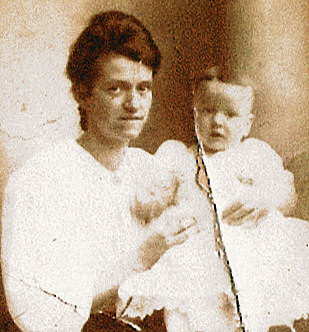 Our ties to Portland, Oregon, in Multnomah County, are flimsy at best. We know that Grandfather Walter West was involved with
Our ties to Portland, Oregon, in Multnomah County, are flimsy at best. We know that Grandfather Walter West was involved with 
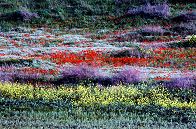
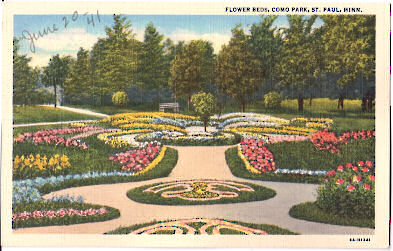 You can even find information and resources for recreating your own biblical and historical garden from the
You can even find information and resources for recreating your own biblical and historical garden from the 
